Technologies
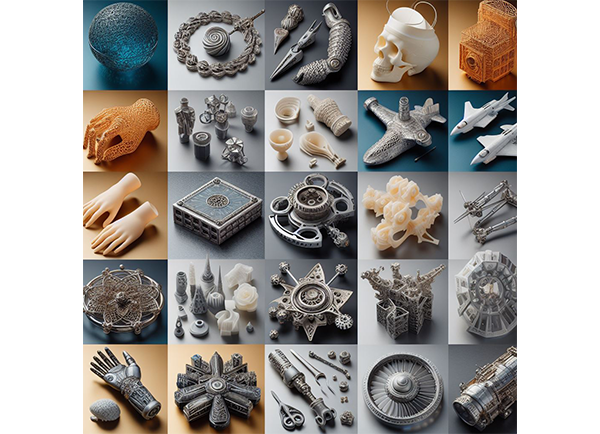
Design Without Limits: Explore the Possibilities of 3D Printing with Metamorph
FDM
Applications of FDM 3D Printing
- Jigs and Fixtures
- Sand casting patterns
Materials Used in FDM Printing
- TPU
- PetG
- High Temp ABS
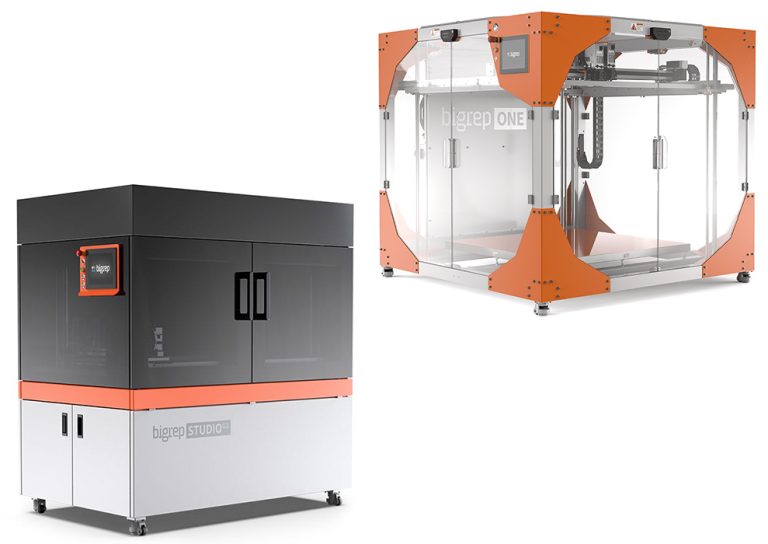
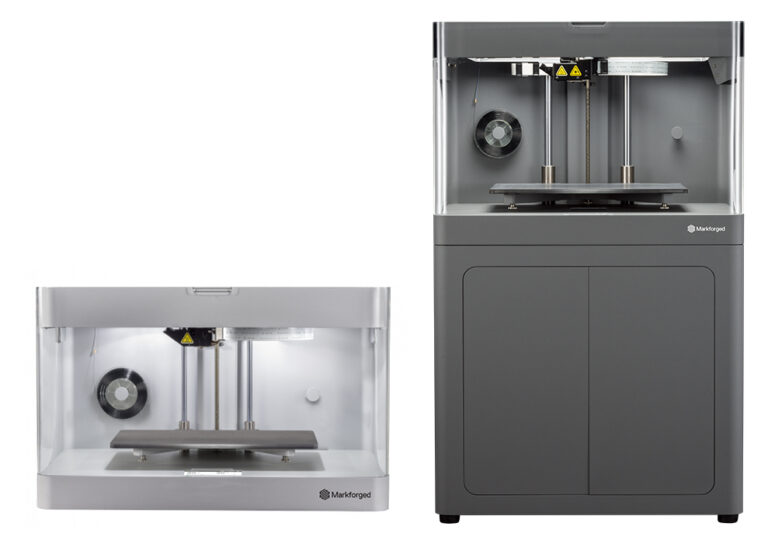
CFR (CFF/FFF)
Applications of CFR 3D Printing
- High-Performance Prototypes
- End-Use Parts
- Jigs & Fixtures
- Functional Tooling
Materials Used in CFR 3D Printing
- Onyx
- Onyx FR
- Onyx ESD
- Nylon
- Smooth TPU 95A
- Precise PLA
- Carbon Fiber
- Carbon Fiber FR
- Fiberglass
- Aramid Fiber (Kevlar)
- HSHT Fiberglass
FFF
Applications of FFF 3D Printing
- Prototyping
- Educational Tools
- Art & Design
- Functional Parts & Products Rapid
- Repair & Manufacturing
Materials Used in FFF Printing
- PLA (Polylactic Acid)
- ABS (Acrylonitrile Butadiene Styrene)
- PETG (Polyethylene Terephthalate Glycol)
- Nylon

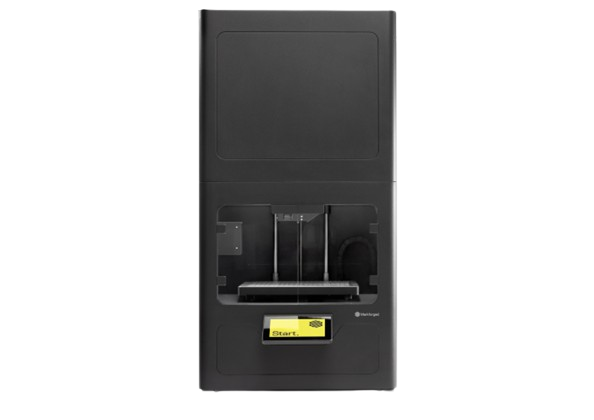
Metal FFF
Applications of Metal FFF Printing
- MIM (Metal Injection Molding) Parts
- Light weight parts
- Production Grippers
Materials Used in Metal FFF Printing
- Stainless Steel (17-4 PH)
- Tool Steel (H13, A2, D2)
- Inconel 625
- Copper
DLP
DLP, or Digital Light Processing, is a 3D printing technology known for its exceptional precision and ability to produce highly detailed objects. It utilizes a light projector and a photosensitive resin to create intricate models layer by layer, making it ideal for applications like prototyping, jewelry creation, and dental models.
Applications of DLP 3D Printing
- High-Resolution Prototypes
- Jewelry Making
- Dental Applications
- Medical Models
- Art & Design
Materials Used in DLP Printing
- Pro-Black 10(ABS)
- Hi Temp 300 AMB
- Rubber Black 65A
- Flex Black
- Rigid White
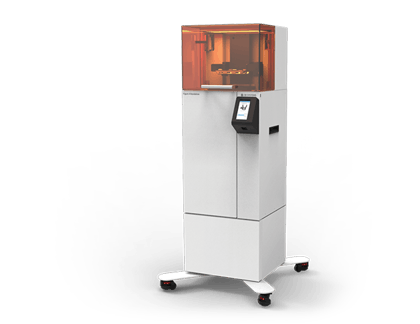
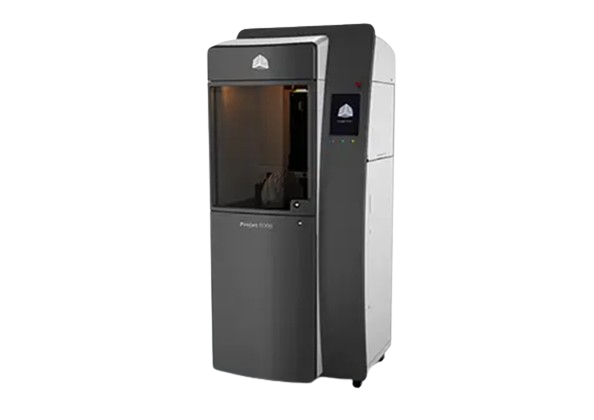
SLA
Applications of SLA 3D Printing
- High-Resolution Prototypes
- Investment Casting Patterns
- Medical Models & Surgical Guides
- Art & Design
- Jewelry Prototypes & Lost-Wax Casting
Materials Used in SLA Printing
- Standard Resins
- Engineering Resins
- Biocompatible Resins
- Castable Resins
MJP
MJP, or MultiJet Printing, also known as Material Jetting, is a 3D printing technology that leverages inkjet printing principles to create high-resolution and functional parts. Similar to a 2D inkjet printer, MJP utilizes multiple printheads to jet droplets of photocurable resin or casting wax materials layer by layer, building the desired object with exceptional detail and accuracy.
Applications of MJP 3D Printing
- High-Resolution Prototypes
- Functional Parts
- Medical Prototypes & Models
- Casting Patterns
- Art & Design
Materials Used in MJP Printing
- Photopolymer Resins
- Casting Waxes
- VisiJet M2 ENT
- VisiJet M2R-WT
- VisiJet Armor (M2G-CL)
- VisiJet M2E-BK70
- VisiJet M2S-HT90
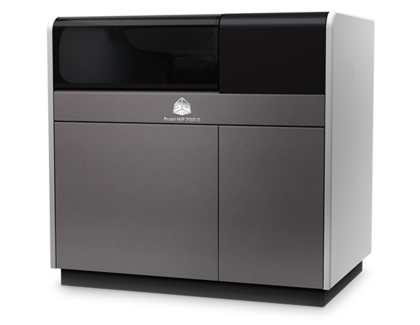
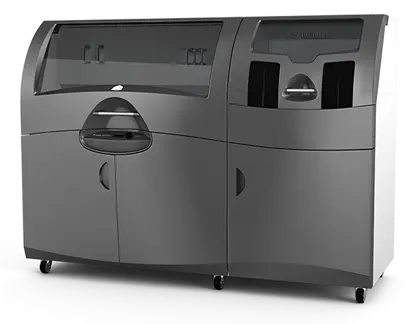
CJP
CJP, or ColorJet Printing, is a 3D printing technology known for its ability to create full-color and multi-material objects. Unlike other technologies that focus on single-material printing, CJP utilizes a two-material approach to build vibrant and functional objects layer by layer.
Applications of CJP 3D Printing
- Prototyping with Color
- Architectural Models
- Educational Models
- Art & Design
- Consumer Products
Materials Used in CJP Printing
- Core Powder
- Binder Material
- VisiJet PXL
DED (LMD)
DED, or Directed Energy Deposition, is a metal additive manufacturing technology that utilizes a focused energy source to melt and deposit metal feedstock material layer by layer, creating complex and functional metal parts. Often referred to as Direct Metal Deposition (DMD), Laser Engineered Net Shaping (LENS), or Electron Beam Additive Manufacturing (EBAM), DED offers a powerful solution for applications like large-scale metal part production, repair, and complex component creation.
Applications of DED 3D Printing
- Large-Scale Metal Part Production
- Repair of Metal Components
- Aerospace & Defense
- Tooling & Molds
- Medical Implants
Materials Used in DED Printing
- Metal Powders
- Metal Wire
- SS 316
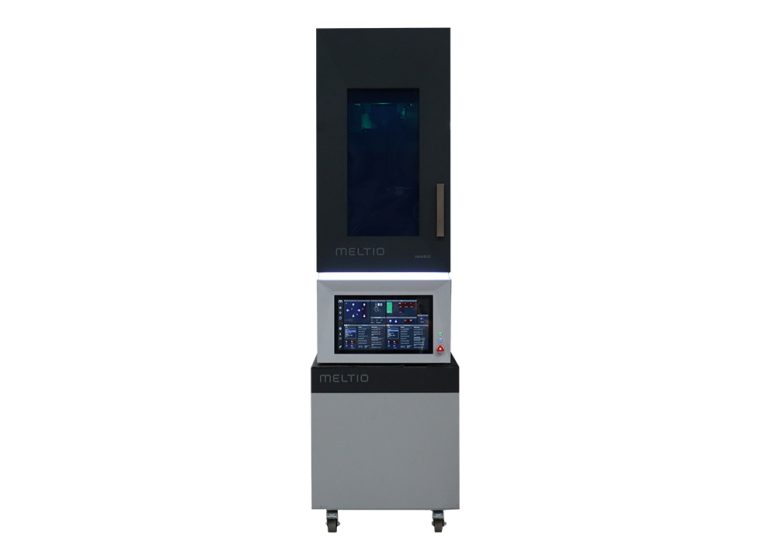
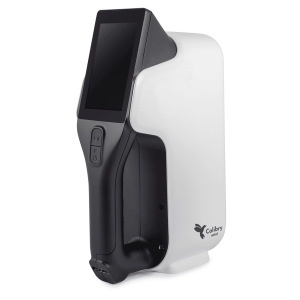
3D Scanning
Applications of 3D Scanning
- Prototyping & Design
- Reverse Engineering
- Quality Control & Inspection
- Cultural Heritage Preservation Medical Applications
- Art & Design
